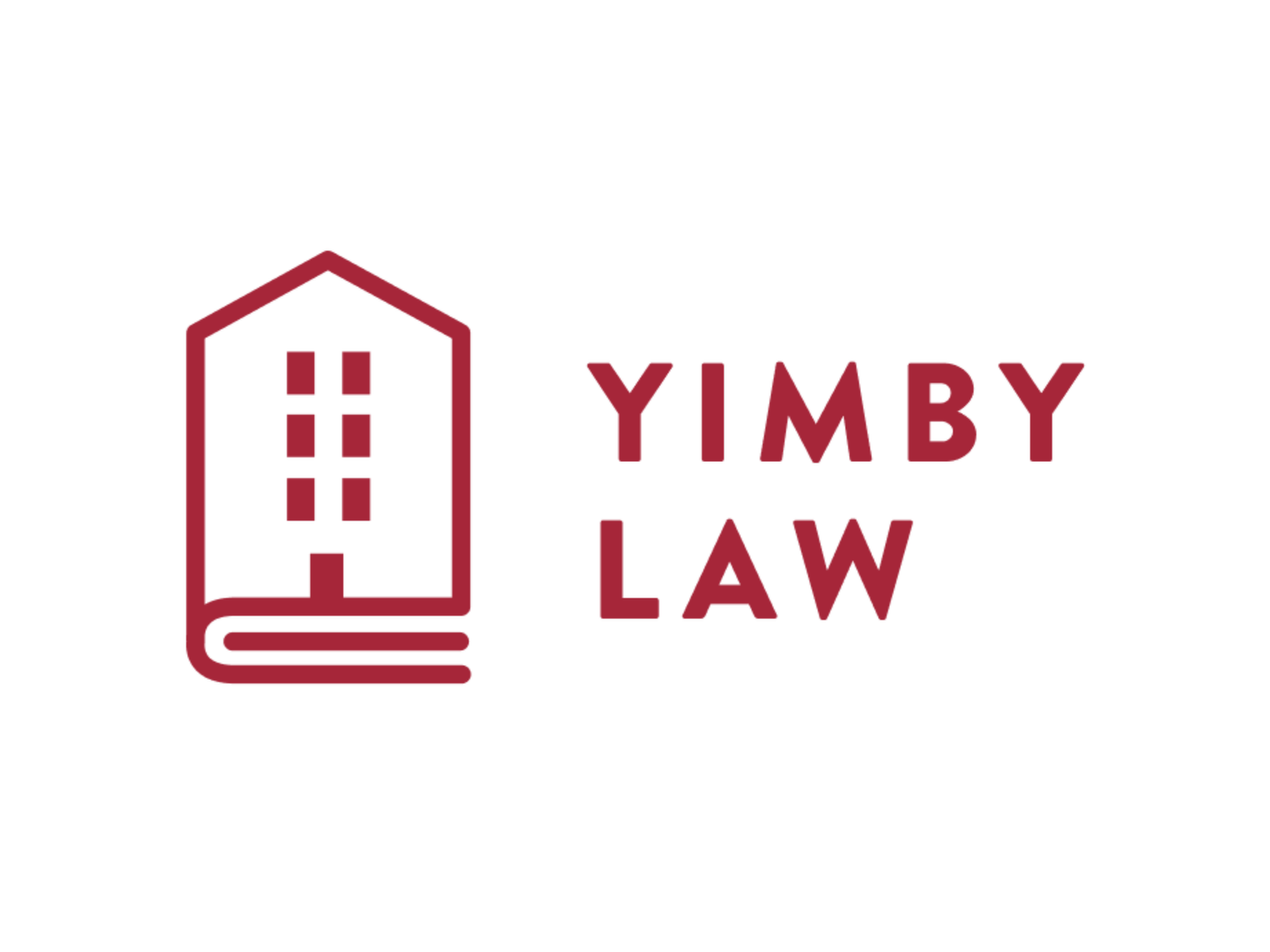Right to Return
Find out if you have a right to return if your apartment building is torn down and redeveloped. If you are currently low-income you may have a right to move into an affordable apartment in the new building.
Determine whether you are low income. (When 66300(d) was originally passed as part of SB 330 in 2019, non-low income renters also got a right of return. After lobbying by the City of LA, Senator Skinner removed the right of return for non-low income tenants when SB-8 was passed in 2021.)
Try it out, you might be surprised. For instance, the income below which single person is considered to be low income for purpose of this program in San Francisco is $90,450.
Q: What does “Household size” mean? Am I a household with my roommates?
A: A rule of thumb about whether you are in a household with someone is whether you share food. If you go grocery shopping, do you put the groceries in the fridge and assume that your roommates eat as much or as little as they want? Do any roommates do that for you? If no, you are not a household. If yes, you can consider yourselves to be a household.
What kind of housing do you live in?
Q: Do I have a right to return to my building if it is being developed as a 100% affordable housing project?
A: It depends. Only low-income tenants generally have the right of return. If you are not low income, you do not have a right of return. If you are low-income, you generally have a right to return to a new unit in your building that is affordable to you. If the new project is 100% affordable, you generally still have a right to return if you are low-income, but this depends on whether or not the financing for the affordable housing project allows a comparable unit to be available, or for you to meet the eligibility requirements of the financing. For example, if you are a healthy 40-year old low income tenant but your building is becoming a senior-living facility, or housing for disabled adults, you may not be eligible to return.
Q: How do you know whether there was an Ellis act eviction at your building in the last 10 years?
A: If you are renting a TIC or a Condo in a city that has rent control, then it is possible that there has been an Ellis Act eviction. Otherwise, this probably does not apply to you.
To find out if there has been an Ellis act eviction at a particular property you can try the following methods:
Ask your Landlord about the property history. They may inform you of any Ellis act evictions.
Look up the online property records for your building on your county’s property information database. You may be able to find records of an Ellis act eviction here. For most counties you’ll have to check the recorded documents. In Los Angeles county the property information records have a tab called “housing” that contains information about Ellis act evictions.
Contact your local tenant’s rights organization. They may know of evictions that have taken place in your building or know how to go about finding this information in your city/county.
IF YOU GET A RIGHT TO RETURN, your rent has to be “affordable”, which means no more than 30% of your household gross income. Use this calculator to find out what your max rent will be at your new unit:
IF YOU HAVE A RIGHT TO RETURN, AND THERE IS AN ACTIVE APPLICATION TO DEMOLISH YOUR APARTMENT, contact all of the following parties:
The city council person who represents the district where your apartment or former apartment is located
The planner who is assigned to the project
The members of the Planning Commission in your town
The developer
Your landlord
Your local tenant advocacy organization.
If you want help with any of this, contact us here at YIMBY Law: Sonja@yimbylaw.org
Sample and Form Letters
Los Angeles County Low Income Unit Replacement Letter
Rent Controlled Unit Replacement Letter
If you want help with any of this, contact us here at YIMBY Law: Sonja@yimbylaw.org
